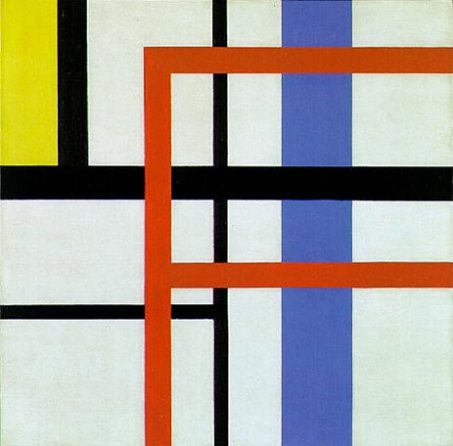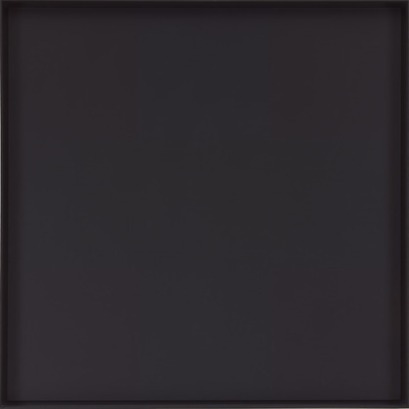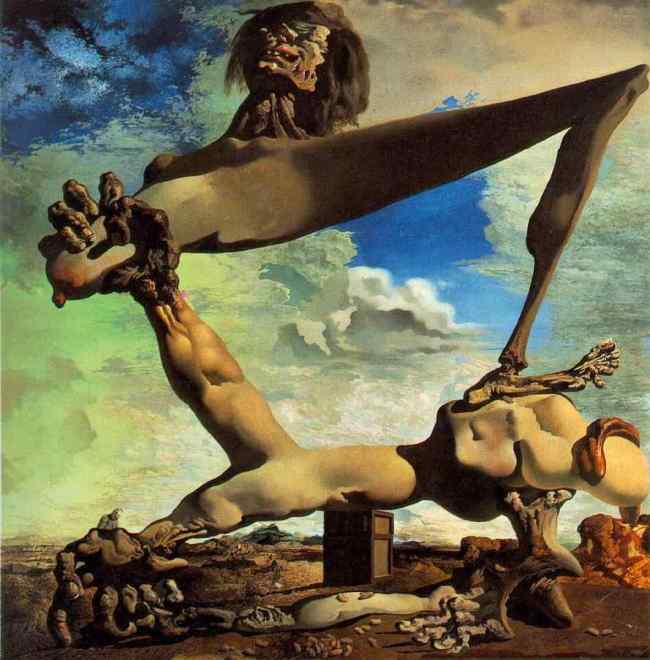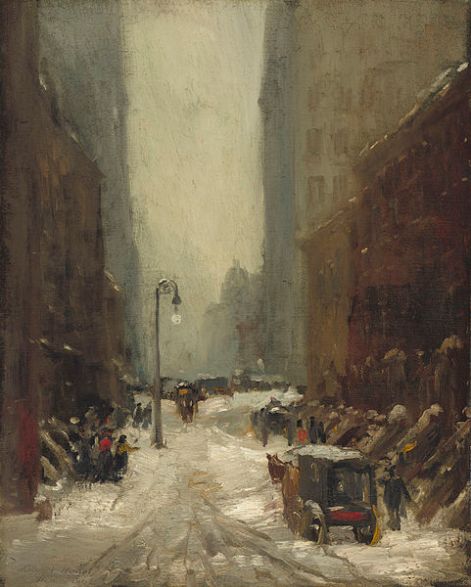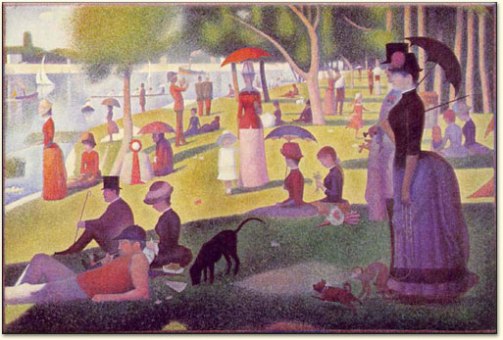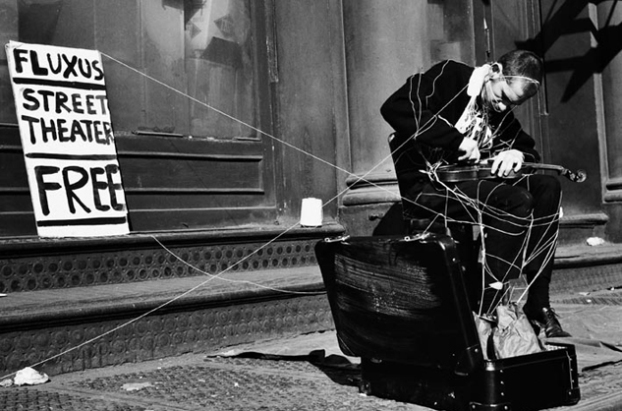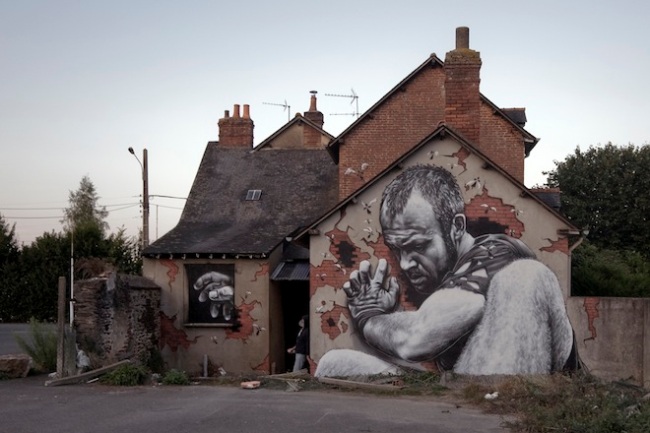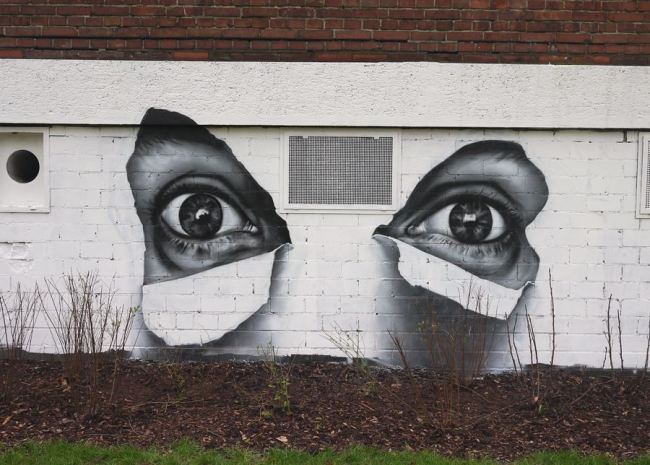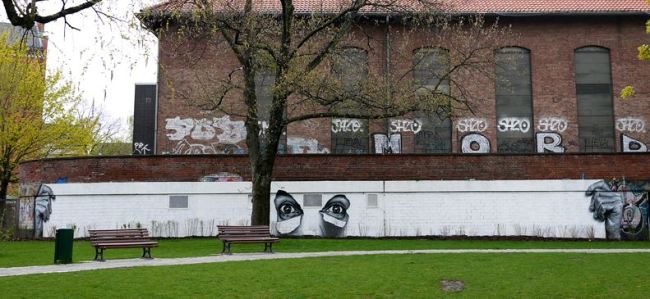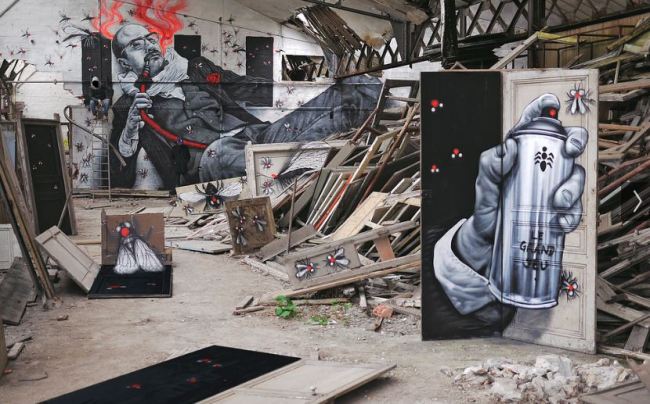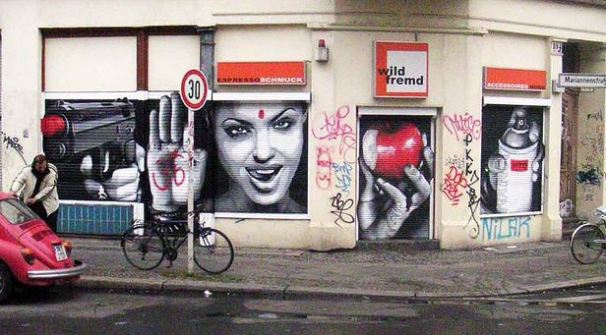When it comes to historical art movements, it’s fairly easy to mentally group the visual style with the title of the movement, as most names were coined because of their descriptive nature. Let’s look at a few examples:
Geometric Abstraction:
Burgoyne Diller, Second Theme, 1938-40
Abstract Expressionism:
Franz Kline, Untitled, c. 1958
Op Art:
Victor Vasarely, Vega 201, 1968
Dadaism:
Marcel Duchamp, Bicycle Wheel, 1951
Cubism:
Pablo Picasso, Girl with a Mandolin (Fanny Tellier), 1910
Impressionism:
Claude Monet, Impression, Sunrise, 1872
Minimalism:
Ad Reinhardt, Abstract Painting, 1963
A photo that helps you see Reinhardt’s Black Paintings in an online format:
Pop Art:
Roy Lichtenstein, Girl with Ball, 1961
Surrealism:
Salvador Dali, Soft Construction with Boiled Beans (Premonition of Civil War), 1936
Graffiti/Urban Art
Crash, Camo Burgundy II
Ashcan School:
Robert Henri, Snow in New York, 1902
Color Field:
Morris Louis, Where, 1960
Pointillism / Neo-Impressionism:
Georges Seurat, Sunday Afternoon on the Island of La Grande Jatte, 1884-86
Futurism:
Fortunato Depero, Skyscrapers and Tunnels, 1930
—
My original point in taking you on this journey through some modern and contemporary art movements was initially sparked by my repeated failure of properly filing away the Fluxus art movement in my brain. For the life of me, I can not grasp and hold on to this concept, it is always a fleeting piece of knowledge for me. I thought it might help to write a post about it, as writing always helps me solidify things in my brain. Alas, here we go… on to Fluxus.
Not unlike the above mentioned art movements, Fluxus also takes its name from the general idea/concept behind it. In the Fluxus movement, the process and the influence of chance were more important than the finished product; the artist’s believed the theory of John Cage (American composer and Conceptual artist) which suggested one should create a piece of art without having a rigid conception of the end result. The title “Fluxus” itself comes from the Latin meaning to “flow”.
The Fluxus movement was quite rebellious, in that they considered themselves “anti-art” and rejected the “bourgeois” social aspect of the art world. They felt art was for the masses and that there should be no divide between life and art.
Great. Here is where it gets complicated:
Something I discovered in my reading, which I suspect has to do with my lack of being able to “peg” this movement is that—“It is often difficult to define Fluxus, as many Fluxus artists claim that the act of defining the movement is, in fact, too limiting and reductive.” Perhaps the core of the Fluxus movement is to not be defined, and to break the barriers of the necessity to be defined in order to bring the art to the masses as a principle. Hm. Further, the very nature of Fluxus art is the fact that the artists worked in an extremely wide range of media, as they believed all life should be art. To me, it seems that Fluxus artists share the common thread of being “Fluxus” because of their theory instead of practice:
1. Art should be accessible to everyone, and anyone can produce it (art for the masses)
2. Your daily life should be a part of your art, you don’t “turn off” your artistic process, you are always creating and therefore it can come in many different forms. (performance art, poetry, music, painting, ready-mades, “happenings” etc.) Experimental art — opened the door to what art “could/can be”
3. A rebellion against high-brow art, opening the door to point 1.
4. A lack of control over the art, an open-armed approach to chance. For example, in performance art, it shouldn’t be rehearsed.
A few Key People in Fluxus: Joseph Beuys, Yoko Ono, Nam June Paik, George Maciunas, Jackson Mac Low, La Monte Young, George Brecht, Al Hansen, Dick Higgins.
“Art-amusement must be simple, amusing, upretentious, concerned with insignificances, requre no skill or coutless rehersals, have no commodity or institutional value.” George Maciunas, Fluxus Manifesto (1965).
Flux Year Box 2, c.1967, a Flux box edited and produced by George Maciunas, containing works by many early Fluxus artists.
I’ll be honest, I’m not sure if I’ve clarified or confused myself. I suppose that’s the point, right?
heART in flux,
Candy

